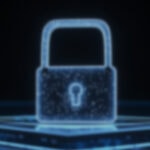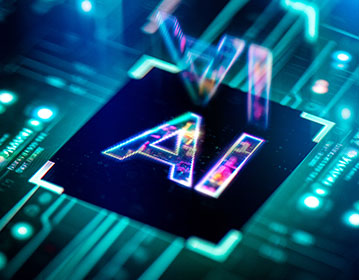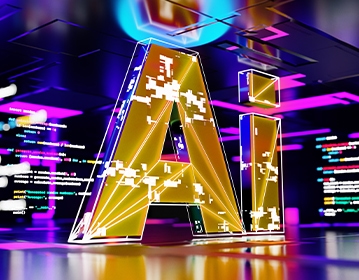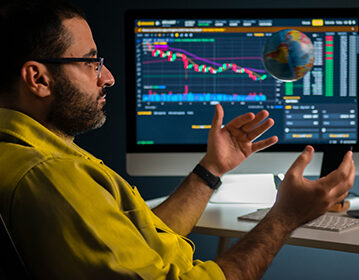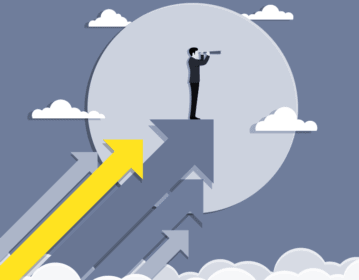
CIOs and other information technology leaders are feeling the pressure to move systems to the cloud, including not only pressure from vendors who see the future of their products in the cloud but from the CEO and the board. The cloud is capturing the imagination, and increasingly the budget, of not only technology organizations but everyone who believes in the potential of cost effective and agile IT.
These are symptoms of how the world of enterprise IT is changing, and changing dramatically. The cloud is not the only big disruptor, but is very much intertwined with the others on every CIO’s radar.
Consider:
- Machine learning, an offshoot of artificial intelligence research, continues to find practical applications with algorithms that find patterns in data and learn from experience. Uber and Lyft use machine learning to price rides and optimize routes.
- The Internet of Things (IoT) is the trend toward packing sensors, processors, and network connections into all sorts of objects from personal electronics, to doorbells, to crates of produce, making homes, workspaces, and the whole world part of an intelligent network.
- Blockchain distributed ledger technology first gained attention by enabling the creation of cryptocurrencies but also is being tested for applications such as sharing of electronic medical records between hospitals and healthcare facilities. Perhaps overhyped today, blockchain has the potential to rewrite the rules of business computing tomorrow.
Each of these depends on increasingly pervasive and reliable cloud technologies. As organizations learn to trust more data and applications to the cloud, they see the benefits of more interconnected systems and aggregated data. The machine learning insights that the ride sharing companies get so much mileage out of are realized partly because they pool data across all their operations, with smartphone apps and dispatch servers all as part of the same cloud. IoT and blockchain are likewise part of the cloud era, and we can expect to see many machine learning applications that are tied to IoT and blockchain networks.
The challenge for IT leaders is to understand the broad trends without letting themselves be pressured into enterprise application decisions that go against the best interests of their organizations today.

